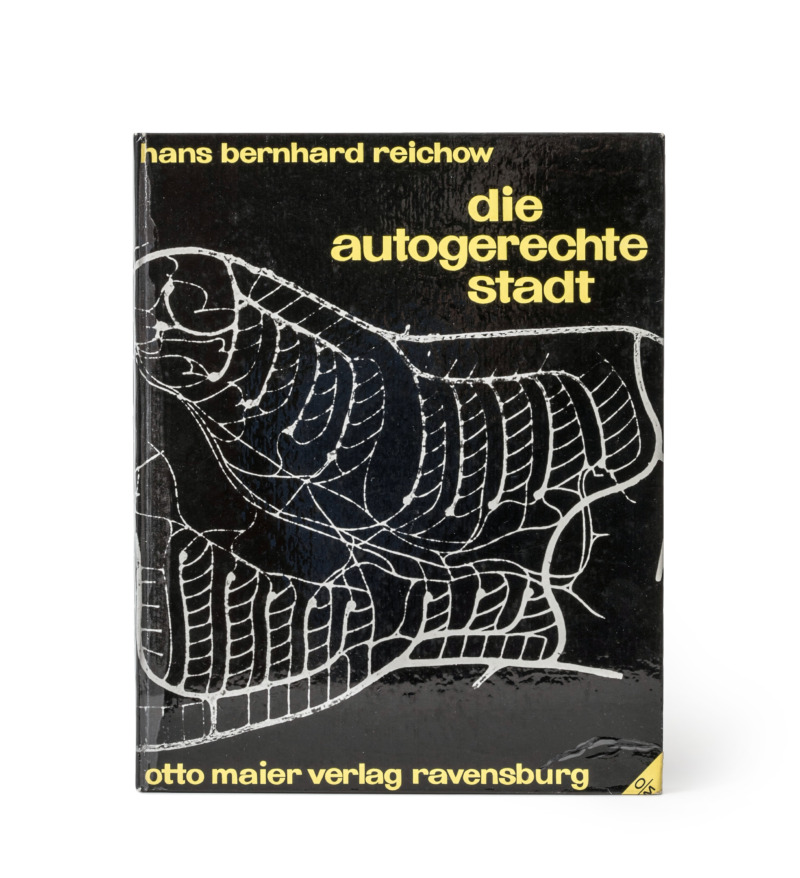The Berlin Key is a two-sided-key that was created to impose people to close and lock the doors of the main gate or opening to a common yard or tenement block.
Its particularity comes from the fact that it has two key blades (the part which activates the bolt), one at each end of the key, rather than the usual single blade. After unlocking the lock, the key must be pushed all the way through the lock and retrieved on the other side of the door after it has been closed, and locked again. The mechanism makes the retrieval of the key impossible when the door is unlocked. Locking an open door is also usually not possible.
Invented by the Berliner locksmith Johannes Schweiger, from 1912 on the Berlin key was produced by the Albert Kerfin & Co. Although this kind of lock and key is becoming less common, but can still occasionally be found in the tenement buildings of Berlin, Germany.
The key was produced to replace the concierge whose job it was to open the door throughout the night. This interaction between the concierge and the tenants came to an end when the property owner swapped the concierge with a key with two identical bits to streamline his/her building entry control mechanism. The key became the object that allows the tenant to his/her home only if s/he follows the rule of the key.

